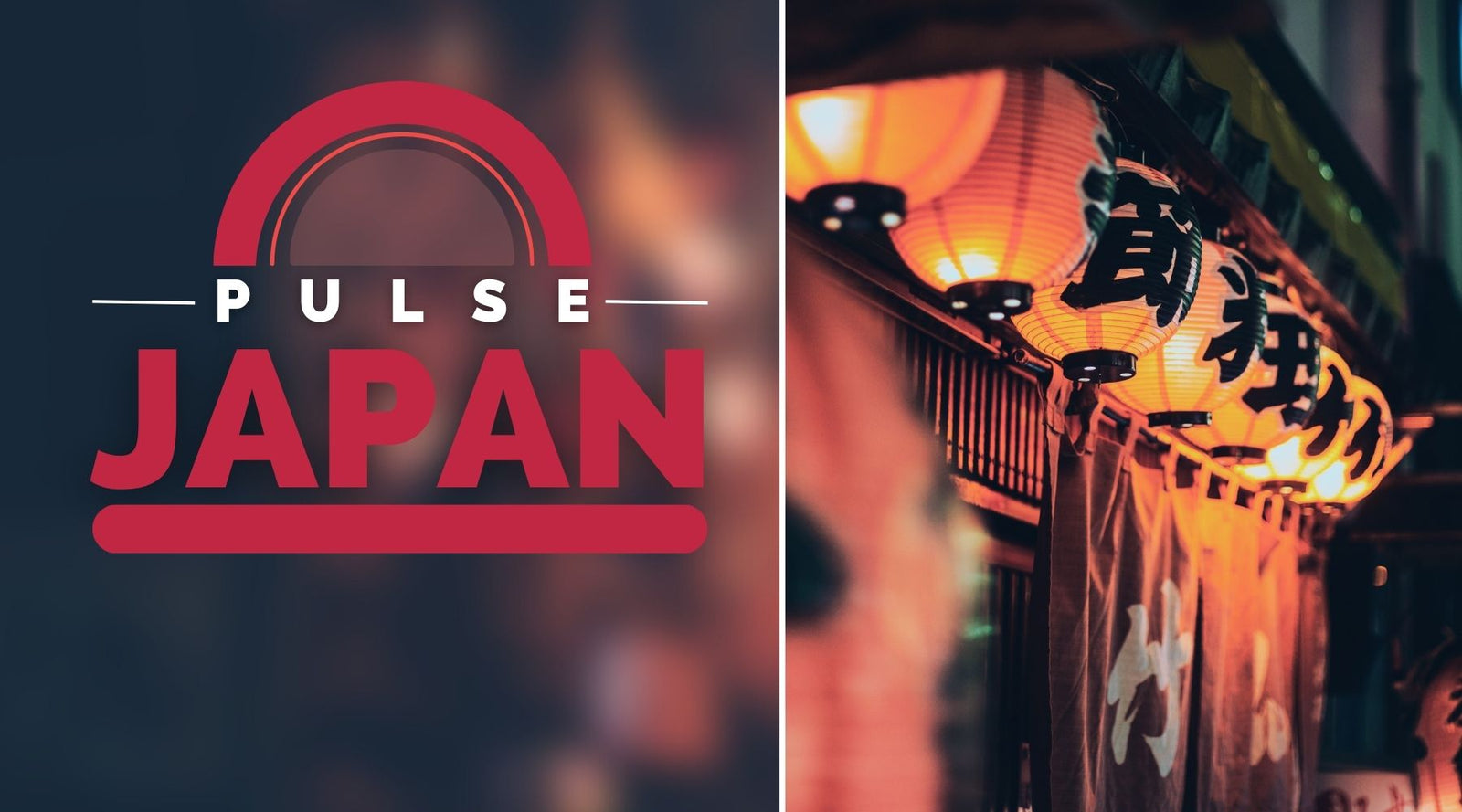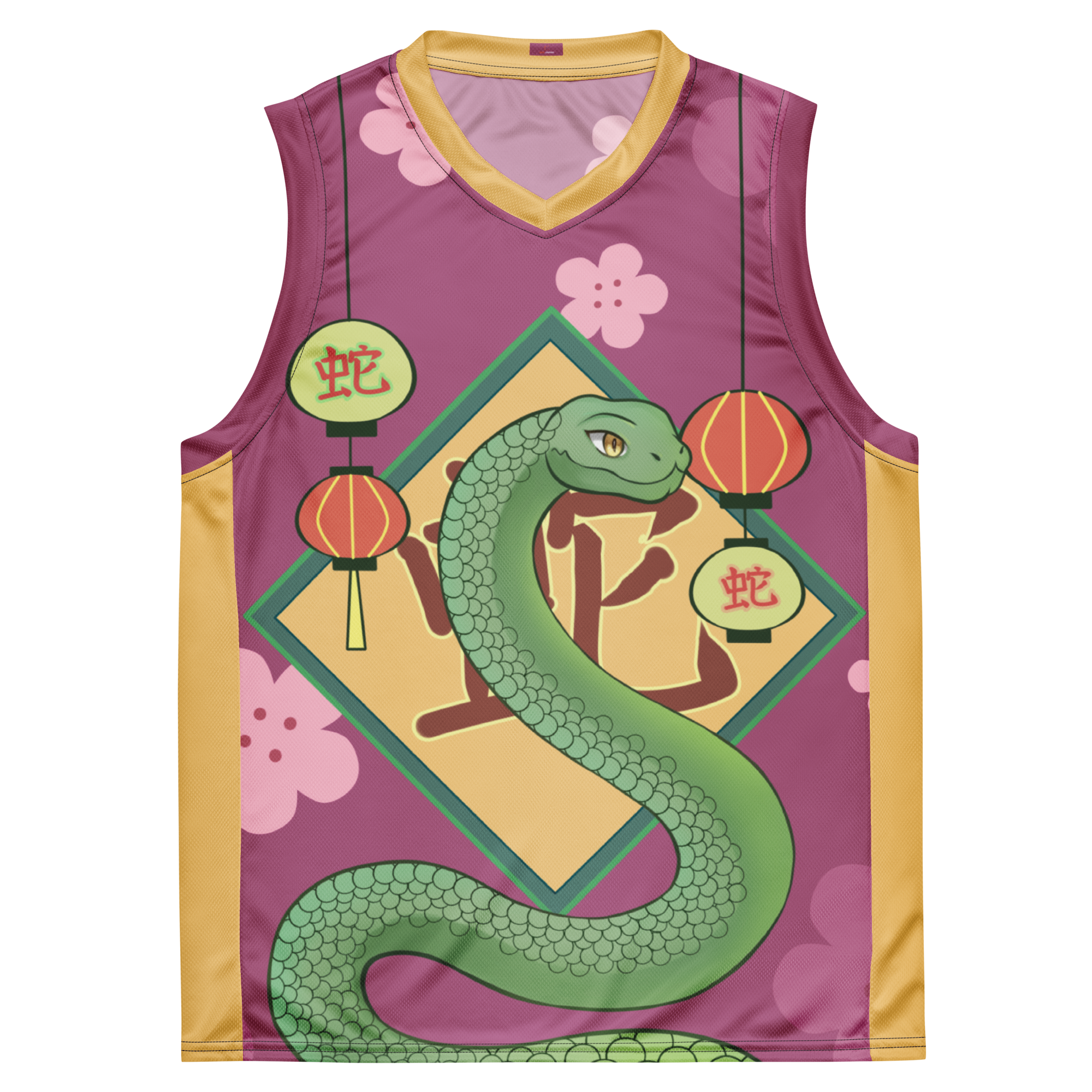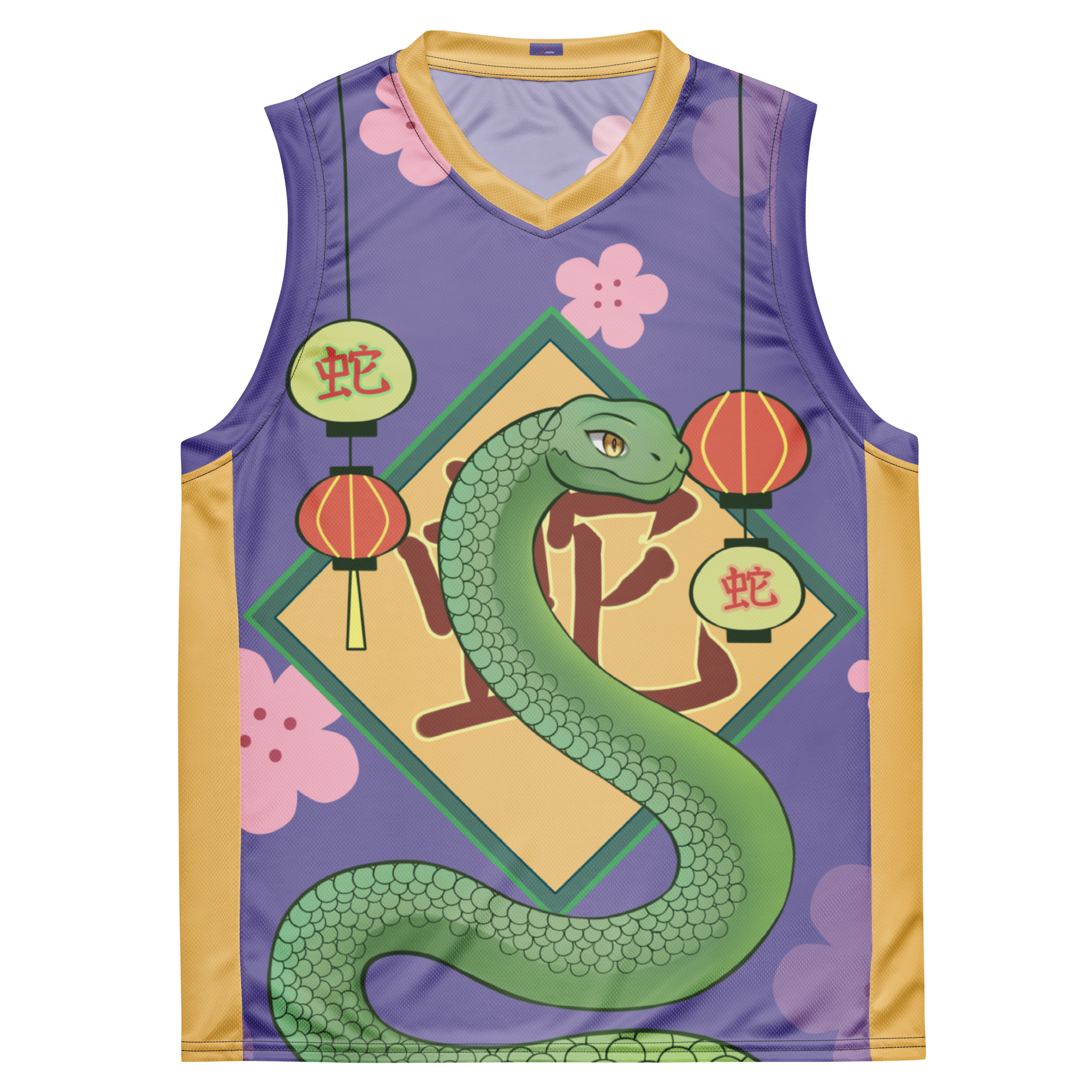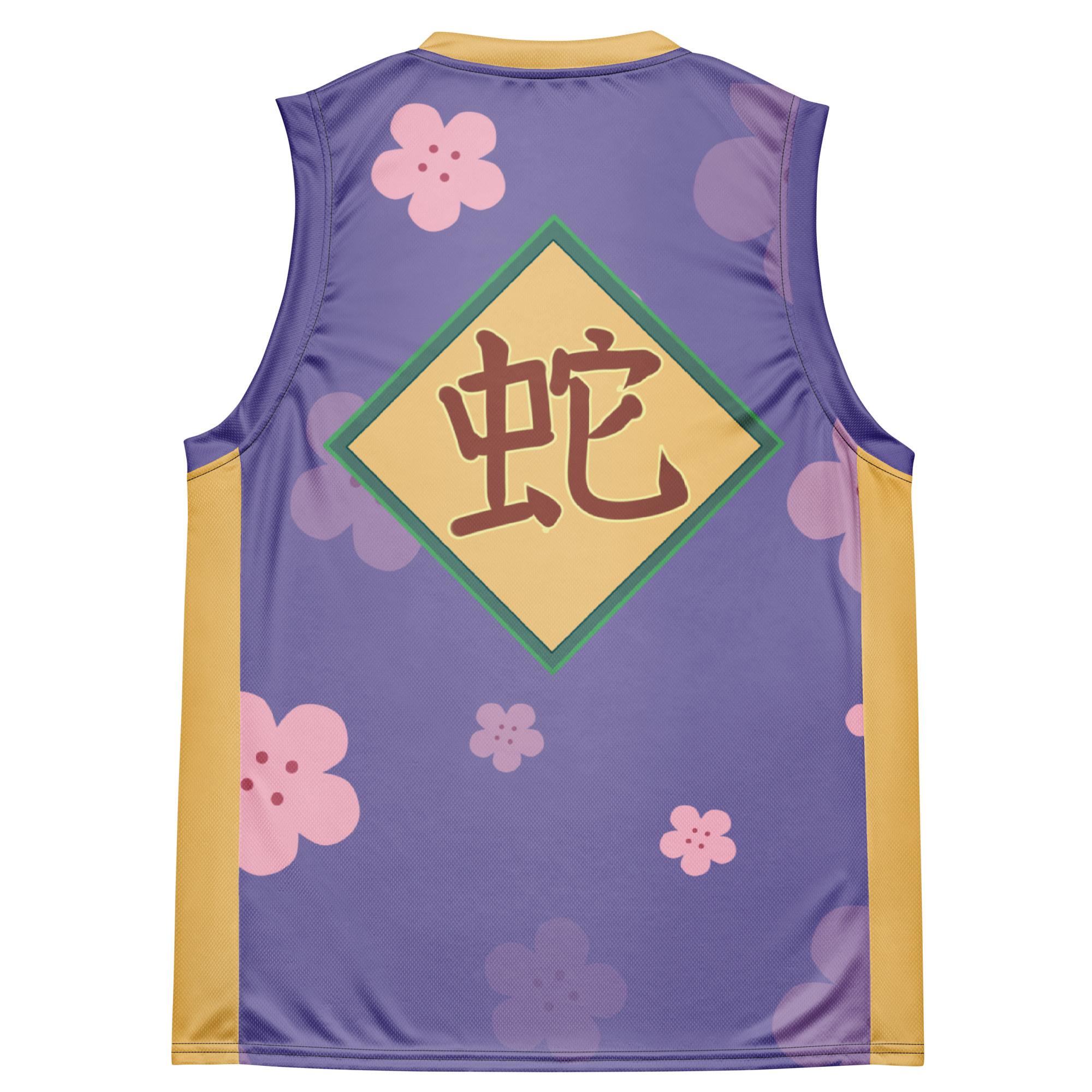Beyond Konnichiwa: The Unexpected Challenges of Being Too Fluent in Japan

Mastering Japanese, with its three distinct writing systems and rigorous levels of politeness, is akin to climbing linguistic Mount Everest. It's a monumental achievement and a badge of honor. For many, attaining fluency in a second language is the ultimate goal, a shimmering trophy in the game of global communication. But what if, contrary to popular belief, being 'too fluent' in Japanese comes with its own set of thorny issues?
Common sense often dictates that fluency in another language cannot possibly be a bad thing. You can network with native speakers, immerse yourself in local culture, and elevate your career. Fluency is seen as an unequivocally positive milestone—a tool that opens doors rather than closing them. But this rosy picture glosses over the darker shades of linguistic proficiency.
Once you step into the realm of high-level Japanese proficiency, you'll find that things aren’t as idyllic as they seemed. Cultural expectations will weigh heavier on your shoulders, and those occasional cringe-worthy social faux pas you once giggled off as a "foreigner thing"? Forget about it; you're not getting a pass anymore. Being too fluent might strip away the leniency often afforded to those visibly trudging through the learning process. This leads to issues such as:
-
Increased cultural expectations
-
Higher workplace demands
-
Loss of charm in language missteps
At the same time, you might grapple with maintaining your own cultural identity amidst this newfound fluency. Balancing between fully integrating and preserving your own cultural quirks is no small feat.
So, grab your metaphorical katana as we delve deeper into the labyrinthine journey of mastering Japanese and its double-edged consequences.
The Journey to Japanese Fluency
Achieving Japanese fluency is nothing short of a Herculean endeavor, especially for non-native speakers. It's not just about memorizing vocabulary or mastering grammar; it's about diving headfirst into a language that couldn't be more different from English.
Let's start with the basics. Japanese has a unique phonetic system, distinct sounds, and intonations that are far removed from those in English and other Western languages. (Japanese Language) learners often struggle with correct pronunciation and intonation, especially without native speakers around for immediate feedback.
Becoming fluent in Japanese isn't a weekend project. If a person dedicates themselves seriously, it takes around 4-6 months to even achieve a beginner level. To reach fluency with a near-native accuracy, on average, it requires at least three years of consistent study (Preply Blog). Tackling the Japanese writing system, which is reputed as one of the most complex, adds another layer of effort. We're talking about mastering the basics of Hiragana and Katakana before diving into the abyss of Kanji, which can seem like a lifetime commitment in itself.
However, once you break through these barriers, the sense of achievement is unparalleled. Imagine being able to conduct daily conversations after just a few months of rigorous practice (Quora). Reading and writing fluently in Japanese not only impresses native speakers but also opens up a world of cultural and professional opportunities (Quora).
For those embarking on this arduous journey, several strategies can make the path a bit smoother:
-
Practice Listening and Reading: Many learners have stressed the importance of integrating listening and reading into their daily routine. Not just for academic purposes, but for enjoyment too (Reddit).
-
Choose Structured Resources: Investing in reliable textbooks like "Genki" or accessible study materials can make a big difference in mastering the fundamentals.
-
Supplement with Native Interaction: Conversational practice with native speakers or tutors can provide immediate feedback and help fine-tune your skills in real-world contexts.
Nobody said this would be easy. But the sweat, tears, and endless kanji flashcards do pay off, eventually. The next challenge? Navigating the increased cultural expectations and social norms that come with your shiny new language skills.
Cultural Expectations and Linguistic Proficiency
Achieving high-level proficiency in Japanese isn't just about mastering its intricate kanji characters or perfecting your keigo (polite language). It's about integrating into a society with firm expectations. In Japan, mastering the language often inadvertently ties a ribbon around a hefty package of cultural responsibilities (Moon Travel). Suddenly, you're not just a fluent speaker; you're expected to be a "well-rounded and integrated member of Japanese society" (Fiveable).
Understanding and conforming to Japanese social norms is no small feat. These norms permeate every conversation and interaction. Social harmony, silence at the right times, and even the angle at which you bow all fall under the cultural microscope (InsideJapan Tours). High proficiency in Japanese means people expect you to navigate these treacherous waters flawlessly. Think you've mastered taking your shoes off before entering a home? Guess what – there's much more to the labyrinth of Japanese etiquette.
Just when you think you've managed to blend into the cultural tapestry, misunderstandings can creep up on you. Even with an impeccable grasp of the language, missteps in social etiquette are bound to happen. As (Quora) reveals, cultural misunderstandings can arise despite linguistic prowess because of the differing values, contextual cues, and underlying societal structures. Fluent or not, you might find yourself on the receiving end of puzzled looks or polite corrections, which in Japan's highly formal social setting, can feel like walking on eggshells.
There’s a Japanese proverb, “The nail that sticks out gets hammered down,” which succinctly captures the societal expectation to conform (Moon Travel). Mastering the language essentially removes your ‘foreigner pass,’ and you're no longer afforded the leniency that allows minor social faux pas to slide. Grasping the subtleties of Japanese culture includes understanding unspoken rules and group dynamics that might be entirely foreign to most non-Japanese.
Achieving Japanese fluency transforms you into a cultural chameleon expected to seamlessly blend in—let's just say, not all chameleons enjoy changing their colors constantly. This added layer of responsibility can be taxing and relentless, thrusting you into social situations where you're balancing linguistic accuracy with cultural dexterity.
Navigating through an increasing maze of expectations can be overwhelming. While linguistic proficiency opens doors, it simultaneously pushes you toward an immersion that can be both exhilarating and exhausting.
The stakes continue to rise, impacting not just your social endeavors but also your professional landscape.
The Double-Edged Sword of Perfect Communication
Achieving high-level fluency in Japanese can be a bit like owning a double-edged sword: it's sharp, mighty, and can easily slice through the language barriers that once held you back. However, wielding this sword means you're suddenly held to the same social expectations as native speakers. Gone are the days when a friendly smile and a heartfelt "sumimasen" (excuse me) would let you off the hook for any cultural mishap. As you master the nuances of Japanese, the "foreigner pass" for social faux pas quietly exits stage left.
With great power comes great responsibility—or in this case, with great fluency comes great scrutiny. High-level Japanese proficiency means you are expected to communicate clearly and concisely, much like a native. There is an increased responsibility in ensuring the words you choose are precise, the tone is appropriate, and the cultural context is well-understood. Misunderstandings that could be brushed off as "lost in translation" moments are now seen as personal lapses. Effective communication becomes not just about words but also about understanding and respecting the cultural nuances that lace every interaction (Luca Lampariello).
Remember those early days of learning Japanese when a simple mistake like mixing up "okay" (大丈夫, daijoubu) with "vegetable" (大丈夫, yasai) would lead to light-hearted laughter? Well, such charming errors become a thing of the past. High-level fluency requires you to minimize mistakes, robbing you of the inadvertent charm that comes with being a learner. That playful misstep often served as an icebreaker, fostering an atmosphere of understanding and mutual learning. With fluency, this charm evaporates, replaced with an expectation for near-perfect correctness (Babbel).
Another aspect often overlooked is how the therapeutic embrace of making mistakes vanishes. Errors are vital to learning—they help identify areas that need improvement and encourage self-correction. But as a fluent speaker, the space for error shrinks dramatically. Every conversation becomes a performance where one wrong note can shift the entire melody (Medium).
Fluency in Japanese places you on a pedestal, erasing much of the leniency offered to language learners while significantly raising the stakes. Embrace this mastery with the recognition that it also involves embracing new sets of expectations and responsibilities.
Professional Challenges of High-Level Japanese
Congratulations! You've achieved high-level fluency in Japanese—an accomplishment akin to scaling Mount Fuji. But just when you thought your linguistic prowess would lead you to a sunny summit, you realize there’s a whole new landscape of unique professional challenges waiting for you. Let’s dive into how mastering Japanese isn’t all cherry blossoms and ramen bowls.
Becoming fluent in Japanese sets a high bar—a bar that often gets even higher once you step into a professional environment. Employers will expect you to perform at the same level as a native speaker, regardless of whether your grasp of idioms dates back to the Edo period or you’re still decoding some complex kanji. This isn't a walk in Ueno Park; it's more like a marathon through Tokyo’s bustling Shibuya Crossing during rush hour.
According to Linked In, high-level Japanese proficiency, like achieving an N1 or N2 on the Japanese Language Proficiency Test (JLPT), demonstrates a genuine grasp of both language and culture. However, this also means that there’s little leeway for errors, and the "foreigner card" you once wielded like a trump card in Monopoly? It’s pretty much invalid now.
Think of Japanese business culture like a tightly orchestrated tea ceremony: precise, deliberate, and loaded with unspoken rules. The pressure to perform at a native level isn't just about language; it’s about culture, etiquette, and social cues that often feel like trying to solve a Rubik's cube—with a blindfold on.
Japanese work culture emphasizes extreme dedication and a strong sense of responsibility, as highlighted by (EJABLE). Imagine being expected to write an email, attend a meeting, and even participate in after-work socializing with the finesse of a local. Every slip-up can feel like a faux pas magnified a hundredfold, especially in an environment where attention to detail is paramount.
A surprising conundrum awaits those fluent in Japanese: You might find yourself typecast into language-centric roles like translation or interpretation, even if your ambition lies elsewhere. It’s a bit like being cast as a samurai in every film just because you once wielded a katana convincingly.
Despite the plethora of opportunities, such as IT roles or positions in tourism and hospitality, your linguistic talent might overshadow your other skills. According to (Learn Languages Store), positions such as tour guides or sales executives in export-import often look for high Japanese proficiency, but these roles might not fully leverage your broader professional capabilities.
While high-level fluency in Japanese is a commendable achievement, it introduces a new array of professional challenges that can feel like navigating a high-speed bullet train—exhilarating, but requiring constant balance and direction. And just when you think you’ve got it all figured out, the unexpected complexities of social dynamics are peeking around the next corner.
Social Dynamics and Relationships
So, you’ve conquered Japanese. Cue the applause! But hold on—this superpower of seamless communication doesn't just create a smooth sailing social life. High-level proficiency often reshapes your social dynamics. You see, while Japanese folks are generally impressed by your linguistic prowess (Quora), this can sometimes backfire, creating a chasm between you and your Japanese peers.
Japanese people are known for their indirect communication style, often considering it more polite to use subtle cues rather than direct statements (Ejable). As someone fluent, you're expected to navigate these nuances effortlessly. Your Japanese friends might assume you can pick up on every cultural subtlety, adding pressure to your interactions. Even while declining an invitation, the linguistic dance of formal politeness can trip you up (Toppan Digital).
Believe it or not, your command of Japanese can be intimidating. When you're chat-fluent, the person you’re talking to might feel self-conscious if their English isn't up to par. This dynamic is especially pronounced with Japanese individuals who struggle with English, as they might lack the confidence to engage with you comfortably (Ejable).
Moreover, high-level Japanese speakers can sometimes be seen as cultural chameleons, causing a bit of a social stir. People may not know how to "place" you in typical Japanese social contexts. Your very fluency can lead to a strange sense of displacement (New Voices).
Here lies the rub: keeping it real. High-level proficiency can inadvertently create barriers to forming genuine connections. Your Japanese friends may see you less as that endearing foreigner trying to navigate their complex language and more as an unofficial cultural insider. This can dilute some of the quirky charm that makes cross-cultural friendships so rich.
Instead of being lauded for muddling through with a charmingly awkward “konnichiwa,” you might find fewer allowances made for you. The pressure to perform at a native level can sap some of the joy out of social interactions (Benjamin McEvoy). It’s a delicate dance of speaking fluently while still exuding authentic self-assuredness to foster real relationships.
Navigating these dynamics means you’ll need to strike a balance between showcasing your fluency and occasionally letting a bit of that foreigner charm seep through. It’s an exhausting but worthwhile endeavor as you navigate this high-wire act of relationships in Japan.
The Mental Toll of Constant Language Switching
Switching between languages can feel like flicking a mental switch on and off—except the lightbulb here is your brain. For those fluent in Japanese and another language, this constant toggling can be mentally taxing. The ability to seamlessly switch between languages relies heavily on cognitive factors like verbal cognition, processing speed, and memory, which significantly contribute to individual language abilities (Language Magazine).
Effortlessly navigating between Japanese and another language is no small feat. It requires a high degree of cognitive flexibility, which is developed over time with consistent practice. This cognitive flexibility helps in managing the balance between understanding and speaking multiple languages, but it doesn’t come free of cost.
Imagine having to update a software program to run a new language pack every few seconds. That's close to what your brain does when you constantly switch between languages. This level of mental toggling can lead to significant mental fatigue. The continual demand to code-switch can be both physically and emotionally draining, leading to a diminished sense of cultural identity and potentially causing burnout (Talkspace; Linkedin).
Studies suggest that bilinguals are constantly managing linguistic competition, making use of their executive functions—attention and inhibition—to keep both language systems in check while they speak or listen (National Center for Biotechnology Information). Such cognitive juggling, albeit beneficial for mental agility, can lead to mental fatigue over time.
Maintaining clear boundaries between languages is akin to walking a tightrope. One cannot afford to slip, especially in professional and social settings where the stakes are high. This effort requires ongoing cognitive control and monitoring abilities (National Center for Biotechnology Information). Without stringent control, the blurring of linguistic lines may lead to confusion not only for the speaker but also for the listener, ultimately affecting the quality of communication.
Maintaining this balance can feel like being caught in a constant state of vigilance, perpetually ready to switch contexts without missing a beat. This can exacerbate mental fatigue, leading to reduced cognitive performance and even emotional exhaustion.
Fluency in Japanese is often a double-edged sword—while enabling rich cultural and social engagement, it also demands high levels of cognitive and emotional resources to manage the switching between languages. This constant toggling can create a sense of being caught between worlds, each with its own set of expectations and norms, placing additional strain on the mind.
Balancing fluent language use with maintaining one’s cultural identity requires not just skill but also a strategic approach to mitigate burnout and mental fatigue.
Balancing Fluency with Cultural Identity
Achieving fluency in Japanese is no small feat, but the journey doesn't end with mastering kanji and perfecting keigo. For non-native speakers, staying connected to your cultural identity while integrating into Japanese society is like balancing on a cultural tightrope. The struggle is real, and it’s a dance that requires finesse.
Imagine you’re fluent in Japanese, yet maintaining your own cultural roots. High-level proficiency can sometimes make you feel like you’re living a double life. On one hand, you’re expected to seamlessly fit into Japanese norms and appreciate the social cues. On the other hand, there's your own cultural identity, waving frantically not to be forgotten. The challenge is real: neglecting one can feel like a betrayal, and balancing both can feel exhausting.
Navigating this duality isn't just about code-switching languages; it’s a whole lifestyle adjustment. Japanese society values collectivity and subtle implications, while many other cultures might prioritize individuality and directness. This dissonance can lead to feeling out of place in both worlds. As you conform to Japanese customs, you might find yourself struggling with internal dilemmas about how authentic you remain to your original self.
It's not all doom and gloom. There are ways to strike a balance:
-
Stay Connected with Your Roots: Regularly engage with your cultural communities online or in-person. Whether it's celebrating traditional holidays or cooking comfort food, these activities can ground you.
-
Create a Bicultural Network: Find friends who understand both cultures. They can provide support in navigating cultural complexities and validate your dual identity.
-
Set Boundaries: Decide what cultural practices you are willing to adopt and which ones you’d rather not. It's okay to say no and choose what feels right for you.
-
Mindful Reflection: Regularly reflect on your evolving identity. Journaling can help you articulate your thoughts and reconcile the cultural dissonance.
While it might seem paradoxical, these strategies can turn what appears to be a cultural tug-of-war into a harmonious blend of two identities. Balancing fluency with maintaining one’s native cultural identity is a tightrope walk, but with mindfulness and effort, it’s entirely possible to dance gracefully on that wire.
This amalgamation of cultural identities brings its own unique flavor, that’s worth celebrating. Embrace it, and let the best of both worlds enrich your life.
Why This Perspective Matters
Achieving fluency in Japanese is often heralded as a golden ticket to unlocking Japan's rich cultural tapestry, lucrative job markets, and enhanced social integration. But as with all golden tickets, there's some fine print. Understanding the nuanced challenges that come with high-level language proficiency is crucial for anyone embarking on this linguistic journey.
Language proficiency is more than just an academic achievement; it directly impacts your day-to-day experiences and interactions. Many assume fluency guarantees smooth sailing in cross-cultural waters, but the reality can be quite different. By shedding light on the less obvious challenges of high-level Japanese, we can better prepare language learners for the complexities they’ll face. High fluency comes with heightened cultural expectations, subtle yet significant social norms, and the mental gymnastics of constant language switching.
Fluency doesn’t solely mean knowing the words; it means understanding the context, the cultural cues, and sometimes, the unspoken rules. Recognizing that perfect communication can unexpectedly raise the bar can shift a learner’s approach from purely linguistic to strategically holistic. Being aware of these challenges means learners and educators can build more comprehensive strategies:
-
Integrate cultural context into language lessons, highlighting not just how to say something, but when and why.
-
Encourage real-world practice that prioritizes not just speaking, but listening to and observing how natives interact.
-
Normalize the concept of making mistakes and using them as learning opportunities, even at advanced levels.
A balanced perspective on language mastery takes into account not just the glory, but also the grind. Celebrating achievements must go hand-in-hand with acknowledging hurdles. This viewpoint helps:
-
Remove the myth of fluency as a final destination, portraying it instead as an evolving journey with new layers of learning.
-
Foster resilience among learners by normalizing the inevitable setbacks and challenges.
-
Promote the idea that language integration is a dynamic process, influenced by continuous learning and adaptation.
If fluency in Japanese were only about stringing perfect sentences together, it would still be a formidable task. However, the true challenge—and benefit—lies in understanding that every word and gesture carries deeper cultural significance. As learners become aware of this broader picture, they can approach their language journey equipped not just with dictionaries and grammar books, but also with empathy, cultural awareness, and adaptability.
By appreciating these various facets, learners can better navigate their way through the delightful yet demanding landscape of mastering Japanese.
Conclusion
The journey to achieving high-level fluency in Japanese is like climbing Mount Fuji—an immense accomplishment laden with unexpected twists and turns. While we've explored myriad challenges along the way, let's wrap things up with a spotlight on the paradoxes and a balanced approach to navigating this intricate landscape.
The high-altitude climb to Japanese fluency presents a daunting array of challenges. First, there's the strenuous trek through a labyrinth of kanji, grammar, and phonetics. Those who master this emerge as linguistic mountaineers, yet find themselves burdened with heightened cultural expectations. You might be expected to not just speak like a native but also navigate Japan's complex social norms with the precision of an etiquette expert.
Then there's the double-edged sword of perfect communication. Gone is the 'foreigner pass'—that unspoken leniency extended to outsiders making charming language errors. Fluent speakers face heightened scrutiny, and the expectation of seamless integration into Japanese society becomes a new frontier to conquer.
In the workplace, fluency can be equally bewildering. High-level Japanese can result in being pigeonholed into language-centric roles or subjected to immense pressure to perform as if you were born and raised in Japan. The climb doesn't end there; you have the mental marathon of constantly switching between languages, risking burnout and a sense of identity loss.
What we need is a roadmap for nimble negotiation between cultures. The path to fluency should embrace:
-
Cultural Integration with Balance: While it's crucial to understand and respect Japanese culture, preserving your native cultural identity is equally important. Engage in bicultural networks and communities to find your equilibrium.
-
Honoring the Journey: Mastery is not just about the destination. Celebrate the small victories and lessons learned along the way. Mistakes are not only permissible but enrich your learning experience.
-
Mindful Practicing: Real-world practice should be coupled with mindful reflection. Don't just mimic; instead, consider the cultural implications of your words and actions.
Let’s be clear: mastering Japanese is an impressive and valuable skill. It opens doors—both culturally and professionally—that remain firmly closed to those without it. However, being fluent doesn’t strip away challenges; it adds layers requiring constant adaptation.
The nuanced perspective we’ve discussed prepares you not just for the linguistic challenges but also the cultural labyrinths you’ll navigate. So, let’s embrace the complexities, honor the journey, and continue to climb, fully aware that every proficient step comes with its own set of hurdles and triumphs.


































Dejar un comentario